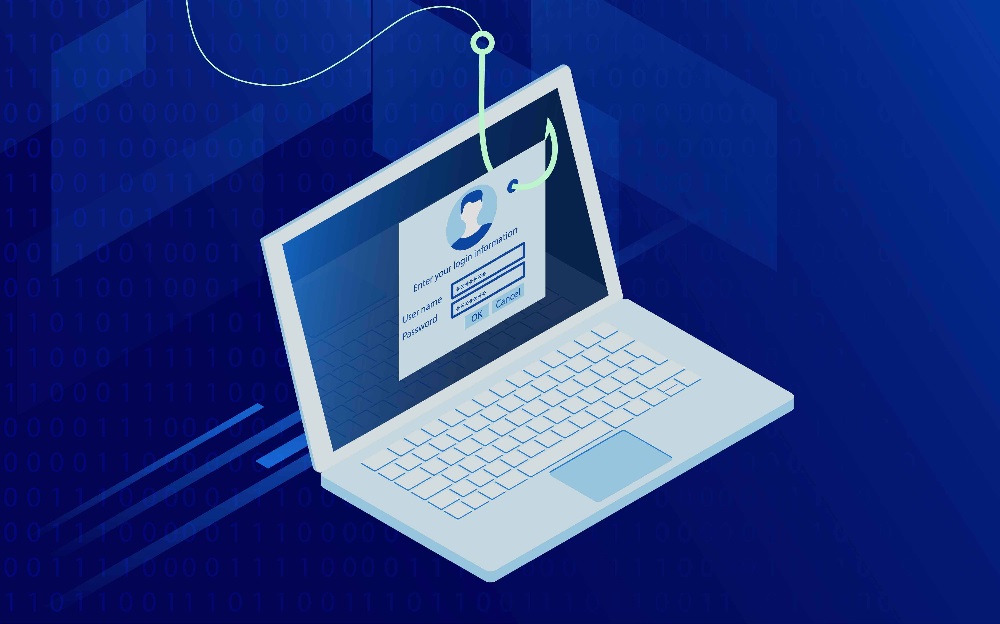Have you ever thought about how email scammers find your email address? They use various tricks, like sending fake messages or creating bogus login pages, to try to get your info. It’s important to be cautious and understand their tactics.
For instance, you might have seen those scam emails promising cute cat pictures if you click a link. Scammers often use details from your social media profiles to make their messages look like they’re from someone you know. Also see how old is email address
In this article, we’ll explain how scammers operate and what you can do to protect yourself.
What Are Phishing Email Scams?
Phishing emails aren’t just annoying junk mail. They’re serious attempts by criminals to steal your private information. Despite being sometimes easy to spot, millions of people still fall for these scams each year.
Cybercriminals use sophisticated tactics to make their phishing emails look real. They might pretend to be from banks, government agencies, or online stores, urging you to click a link that leads to a fake website where they try to steal your details.
These scams often include:
– Fake ads for things like online shopping or medicine
– Offers for work-from-home jobs
– False charity appeals or virus warnings
Once scammers have your info, they can create fake accounts in your name or install harmful software on your device to steal more sensitive data.
How Do Spammers Get Your Email Address?
Spammers, those who send spam emails, have various ways to collect email addresses:
- Using harvesting software: Spammers use programs to scrape email addresses from websites. They might also buy email lists from underground forums.
- Guessing: Some scammers use automated tools to generate random email addresses until they find real ones.
- CC emails: Phishing scams can happen when someone sends an email to a group and includes everyone’s addresses in the CC field, exposing them to potential scammers.
How to Prevent Phishing Email Scams
To protect yourself from phishing scams, follow these tips:
- Avoid sharing your email publicly: Don’t post your email address or other personal info online where scammers can find it.
- Spot the scams: Be cautious of emails that seem suspicious, like those from unknown senders or with misspelled words. Don’t click on any links or provide personal info if you’re unsure.
- Use two-factor authentication (2FA): Add an extra layer of security to your accounts with 2FA, which requires a code in addition to your password.
- Use graphics in emails: Implementing your email address as an image can make it harder for scammers to harvest.
- Obfuscate your email: Use techniques like HTML and JavaScript to hide your email address from spammers.
Conclusion
Scammers are always finding new ways to trick people, but you can protect yourself by being cautious. Check emails carefully, avoid sharing personal info online, and use security measures like 2FA. By staying alert, you can keep scammers out and keep control of your inbox.













Comments